Tired of students guessing their way through reading assessments? This article explains a simple yet powerful strategy to boost comprehension—having students prove it by underlining where they found their answers. It’s like giving your class detective badges and sending them on a mission to track down the truth in the text! With modeling tips, practice ideas, and plenty of encouragement, you’ll help your readers slow down, think deeper, and become citing text evidence pros.
The Problem: Skimming, Rushing, and Guessing
If you’ve ever graded a stack of reading responses and thought, “Did they even read the story?”—you’re not alone. Many students are in such a hurry to finish that they rely on guessing, memory, or random clues instead of carefully returning to the text.
These habits don’t just lead to wrong answers—they prevent kids from developing the thoughtful reading habits they truly need.
And the solution? It starts with one simple expectation:
👉 Show me where you found your answer.
The Strategy: Underline the Evidence
Whenever students answer a comprehension question, have them underline the sentence or phrase in the passage that supports their answer. It’s a straightforward, low-prep routine—but it transforms the way students approach reading.
By underlining the evidence:
- ✅ Students pause and think before answering.
- ✅ They learn that good readers double-check and verify.
- ✅ It becomes immediately clear who’s understanding…and who’s guessing.
This habit helps your readers move from “I think…” to “I know because the text says…” And suddenly, they’re not just answering questions—they’re justifying them.
Step-by-Step: How to Teach This Strategy

1. Model It Like a Reading Detective
Choose a short passage and project it on the board. Read the first question aloud, and then think out loud as you search for the answer.
Say things like:
- “Hmm… the question is asking why the character was upset. Let me go back and reread paragraph two.”
- “Aha! This sentence says she lost her lunchbox. That must be it.”
- Then underline that sentence and explain how it supports your answer.
This shows students what it means to slow down, reread, and find the proof.
2. Practice Together
Work through the next few questions as a class. Invite students to underline their evidence in their own copy of the text. Compare answers and discuss why a sentence does or does not support a claim.
Encourage students to use “evidence talk” like:
“This sentence proves my answer because…”
“The text says…”
“I found it in the third paragraph.”
3. Release to Independent Practice
Once students get the hang of it, send them off with a passage and comprehension questions—but keep the expectation: no answer is complete without underlined proof.
You might even assign a peer partner to check: “Can you find where your partner underlined? Does it match the question?”
Optional twist: Use colored pencils or highlighters to make the underlining more fun and visual. (Think: yellow for character feelings, blue for problem/solution, etc.)

4. Celebrate Their Detective Work!
Give mini shout-outs when students find great supporting evidence. Stickers, stamps, or even silly detective nicknames can go a long way in reinforcing this skill. Try a “Proof Pro” award or a “Text Detective of the Day” routine.
Different Ways to Practice Citing Text Evidence
The more students practice, the more comfortable they will become with the process. Use a variety of texts and question types to keep the practice diverse and interesting.
Evidence Charts
Create charts with columns for the question, the student’s answer, and the text evidence. This helps organize their thoughts and clarifies the process.
For example:

Text Evidence Hunts
Organize a scavenger hunt where students search for specific pieces of evidence in a text. Give them clues or questions and let them work in pairs or small groups to find and cite the evidence.
Role-Playing
Turn citing text evidence into a role-playing game. One student plays the “investigator” who asks questions, and the other plays the “detective” who finds and cites evidence from the text.
Tools That Make This Strategy Stick
Want to supercharge your text evidence routine? These ready-made resources from The Literacy Garden are classroom-tested and designed to make teaching this strategy easy and effective:
⭐Use Citing Text Evidence Anchor Charts
Create anchor charts that list steps for citing evidence. Include phrases like “According to the text…” or “The author states that…”. Display these charts prominently in the classroom for students to reference during reading and writing activities. You can grab one here!
⭐ Citing Text Evidence Worksheets
These high-interest passages have built-in questions that prompt students to underline and explain their answers. Perfect for 2nd–4th graders practicing close reading.
⭐ Citing Text Evidence MEGA Bundle
A huge collection of passages, color-coding guides, and comprehension prompts across multiple genres—ideal for spiral review or daily reading work.
A Mindset Shift That Matters
When students learn to back up their answers with evidence from the text, they become more thoughtful, confident, and accurate readers. They stop skimming and start analyzing. They stop guessing and start proving.
And isn’t that exactly what we want?
So the next time your students race through a reading page just to be done, pause and say:
🕵️♂️ “Where’s your proof?”
Because when students know they’re being held accountable to the text, they rise to the challenge—and become reading detectives, one underline at a time.
Happy teaching!
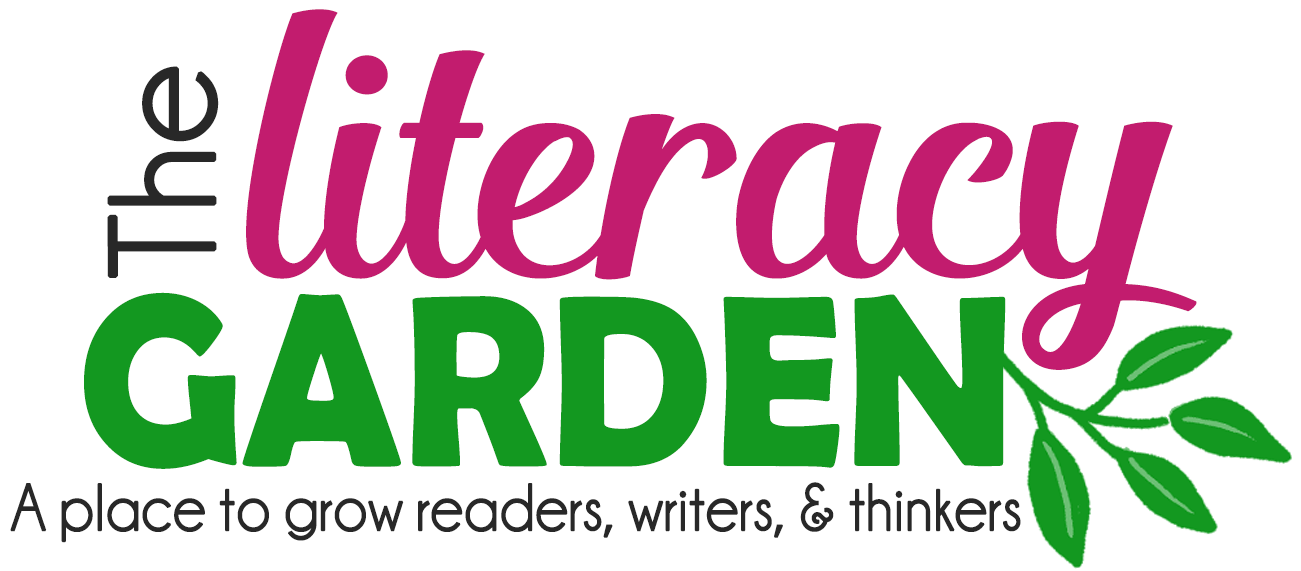







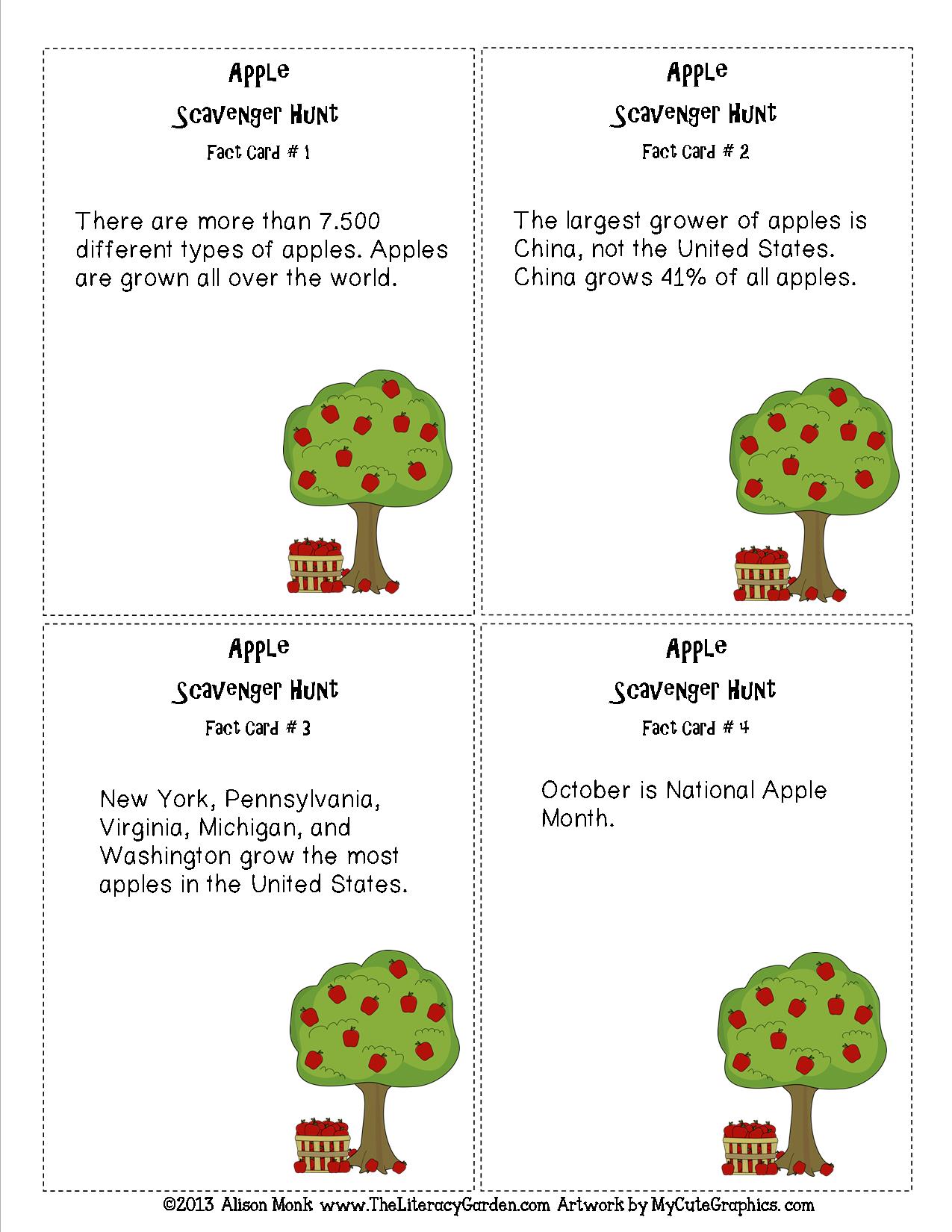


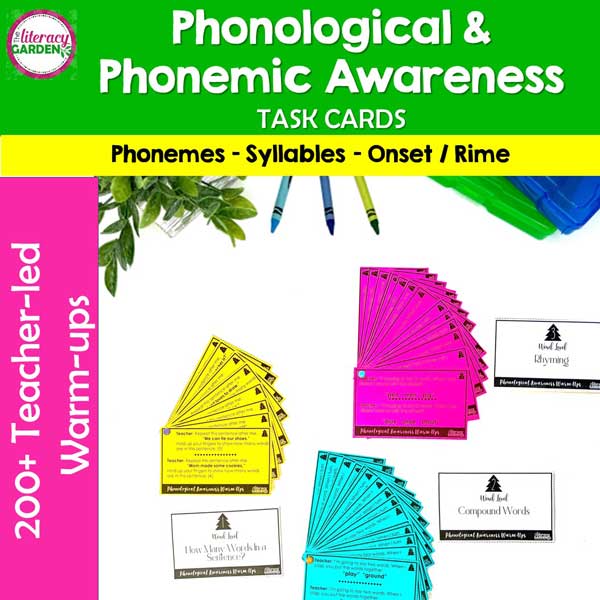


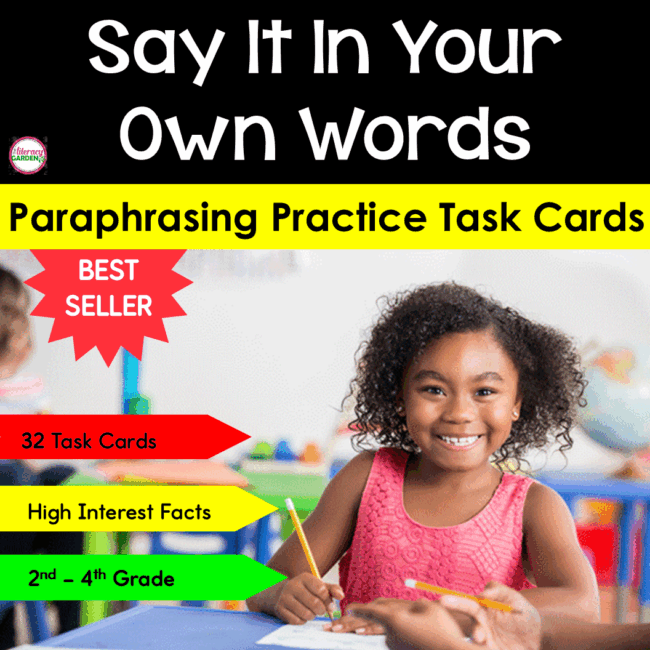

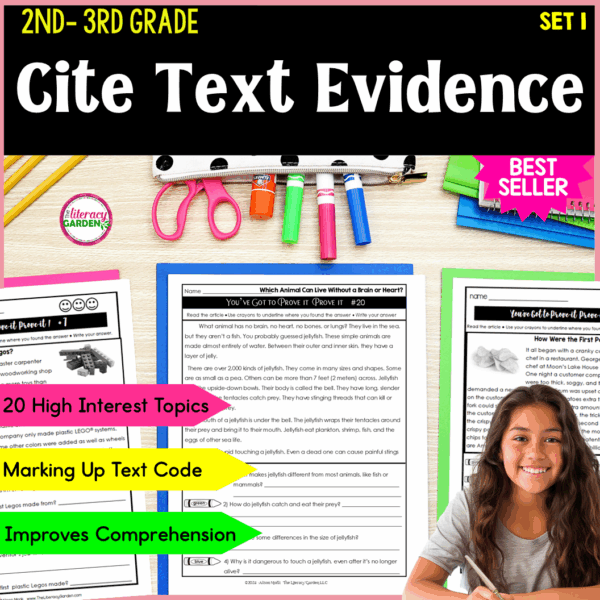
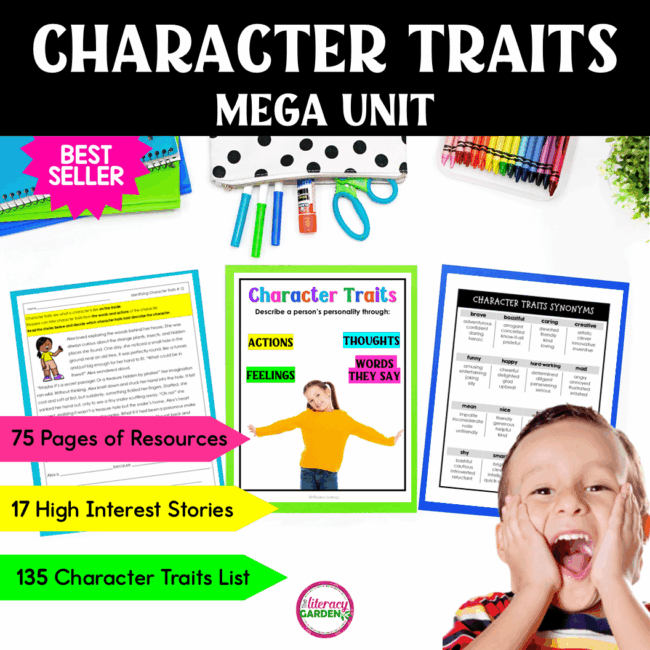

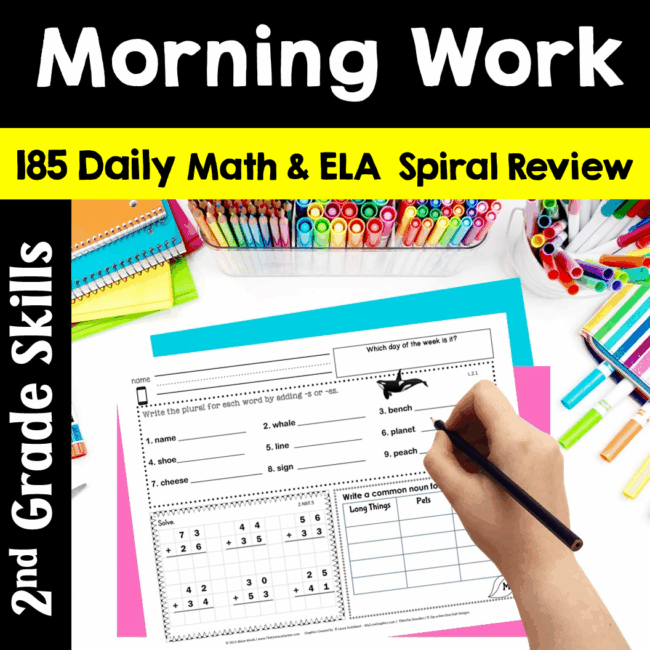

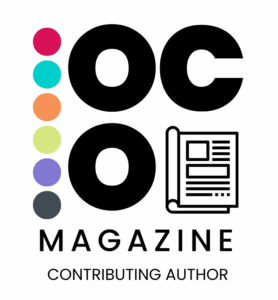
1 Comment
[…] Thoughtful Responses: Demonstrate how to analyze a question, find text evidence, and write complete […]